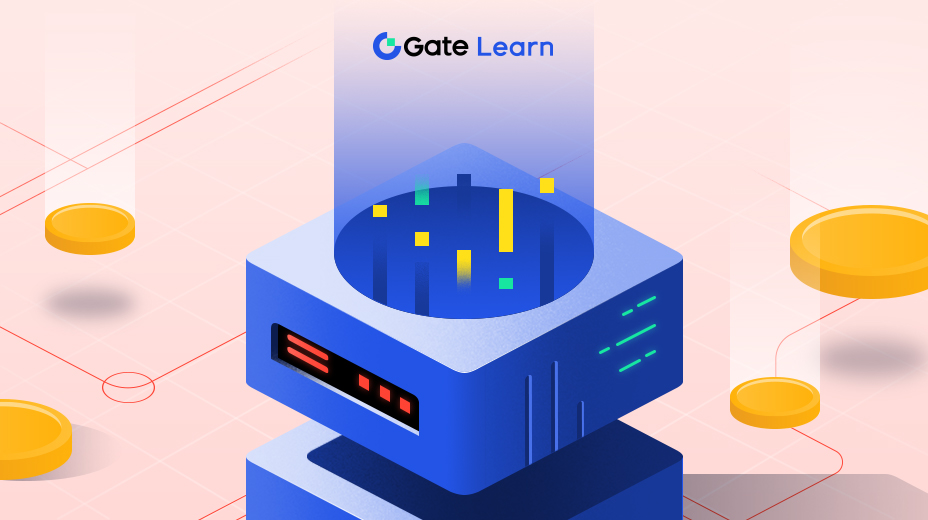FPGA Mining
In the context of cryptocurrency mining, FPGAs can be programmed to perform important roles in mining blocks of cryptocurrency. Since it is more productive and uses less power than conventional CPU and GPU mining, FPGA mining has become more and more popular in recent years.
In 1984, the first Field-Programmable Gate Array (FPGA) was invented by Ross Freeman, who along with another engineer, Bernard Vonderschmit, co-founded the company Xilinx. Xilinx produced the first commercially viable field-programmable gate array in 1985, the XC2064. XC2064 was a 64-gate device that allowed customization through programming, without the need for unique hardware architecture.

Integrated circuits called FPGAs may be configured to carry out particular functions. In the context of cryptocurrency mining, FPGAs can be programmed to perform important roles in mining blocks of cryptocurrency. Since it is more productive and uses less power than conventional CPU and GPU mining, FPGA mining has become more and more popular in recent years.
Field-Programmable Gate Array (FPGA)
FPGA (Field-Programmable Gate Array) is a type of cryptocurrency mining equipment that shares some similarities with ASICs, but with one crucial distinction. An FPGA is an integrated circuit that can be configured and reprogrammed to perform specific tasks, making it more versatile than ASICs, which are designed for a single function. Composed of configurable logic blocks and programmable interconnects, FPGAs can be tailored to execute a specific function and are widely used across various industries, including aerospace, automotive, and telecommunications.
FPGAs feature a hierarchy of reconfigurable interconnects that allow blocks to be connected to each other in various configurations. These logic blocks can be programmed to perform complex combinational operations or act as simple logic gates like AND and XOR. In addition, most FPGA logic blocks include memory elements, ranging from basic flip-flops to larger memory blocks.
The ability to reprogram FPGAs to implement different logic functions enables flexible, reconfigurable computing similar to software. This adaptability makes FPGAs an appealing option for cryptocurrency mining, as they can be easily reconfigured to work with different mining algorithms. While FPGAs may not offer the same level of efficiency as ASICs for specific mining tasks, their versatility and reprogrammability make them a valuable tool for miners who need to adapt to changing algorithms or mine multiple cryptocurrencies simultaneously.
How Do FPGAs Help in Cryptocurrency Mining?
FPGAs play a significant role in cryptocurrency mining, offering unique benefits compared to other mining hardware like GPUs and ASICs. Their key strengths lie in their flexibility, energy efficiency, and compatibility with various mining algorithms, making them a valuable asset for miners in the ever-evolving world of cryptocurrencies.
Adaptable Hardware for Changing Needs
One of the main advantages of FPGAs is their ability to be reprogrammed for various tasks, allowing miners to adjust their hardware as needed. This flexibility is particularly beneficial in the dynamic cryptocurrency market, where mining algorithms and profitability factors can change rapidly. By using FPGAs, miners can pivot between different cryptocurrencies and mining strategies with greater ease than with ASICs or GPUs.
Energy Efficiency for Cost-Effective Operations
FPGAs also beat CPUs in terms of energy efficiency, frequently outperforming CPUs and, in certain situations, matching or outperforming GPUs. Lowering energy usage directly leads to lower operational expenses for miners, increasing the overall profitability of their mining operations. While FPGAs may not always deliver the best computing performance, their energy economy makes them a viable option for cost-conscious miners.
Compatibility with Various Mining Algorithms
The ability of FPGAs to work with a wide range of mining algorithms is another advantage that sets them apart from other mining hardware. This compatibility enables miners to diversify their mining portfolios, optimizing profitability and reducing risk. FPGAs provide a versatile solution for miners interested in exploring different cryptocurrencies or mining multiple coins simultaneously.
Algorithms and coins that can be mined with FPGA
FPGAs are capable of mining a variety of algorithms. Here are some popular mining algorithms that can be mined with FPGAs:
- X16R: The hashing algorithm employed by Ravencoin and other cryptocurrencies is called X16R. It is intended to support decentralization and be resistant to ASIC mining. The 16 hashing operations used by X16R are selected based on the hash of the preceding block.
- CryptoNight: Monero and other cryptocurrencies employ the memory-bound hashing technique known as CryptoNight. It is intended to support decentralization and be resistant to ASIC mining. With its distinctive memory-hard architecture, CryptoNight takes a lot of memory to carry out mining operations.
- Equihash: Zcash and other cryptocurrencies employ the memory-hungry hashing algorithm Equihash. It is intended to support decentralization and be resistant to ASIC mining. Because of its distinctive memory-hard design, Equihash needs a lot of memory to run its mining operations.
- Scrypt: Scrypt is a hashing method for cryptocurrencies like Litecoin and others that requires a lot of memory. It is intended to support decentralization and be resistant to ASIC mining. Because of its distinctive memory-hard architecture, Scrypt takes a lot of memory to run mining operations.
Best FPGAs for Mining in 2023

The Digilent Nexys A7-100T: A suitable FPGA board for learners and enthusiasts, featuring a Xilinx Artix-7 FPGA, offering a good balance of performance and affordability.
ALINX AX7020: This FPGA board is based on the Xilinx Zynq UltraScale+ MPSoC, providing a mix of ARM processor cores and programmable logic, making it a versatile choice for mining and other applications.
Digilent Basys 3 Artix-7: An entry-level FPGA board designed for students and hobbyists, featuring a Xilinx Artix-7 FPGA, offering an affordable option for those looking to experiment with mining using FPGAs.





